If You Can Complete This 5-Move Sequence After 50, You’re Aging Backwards
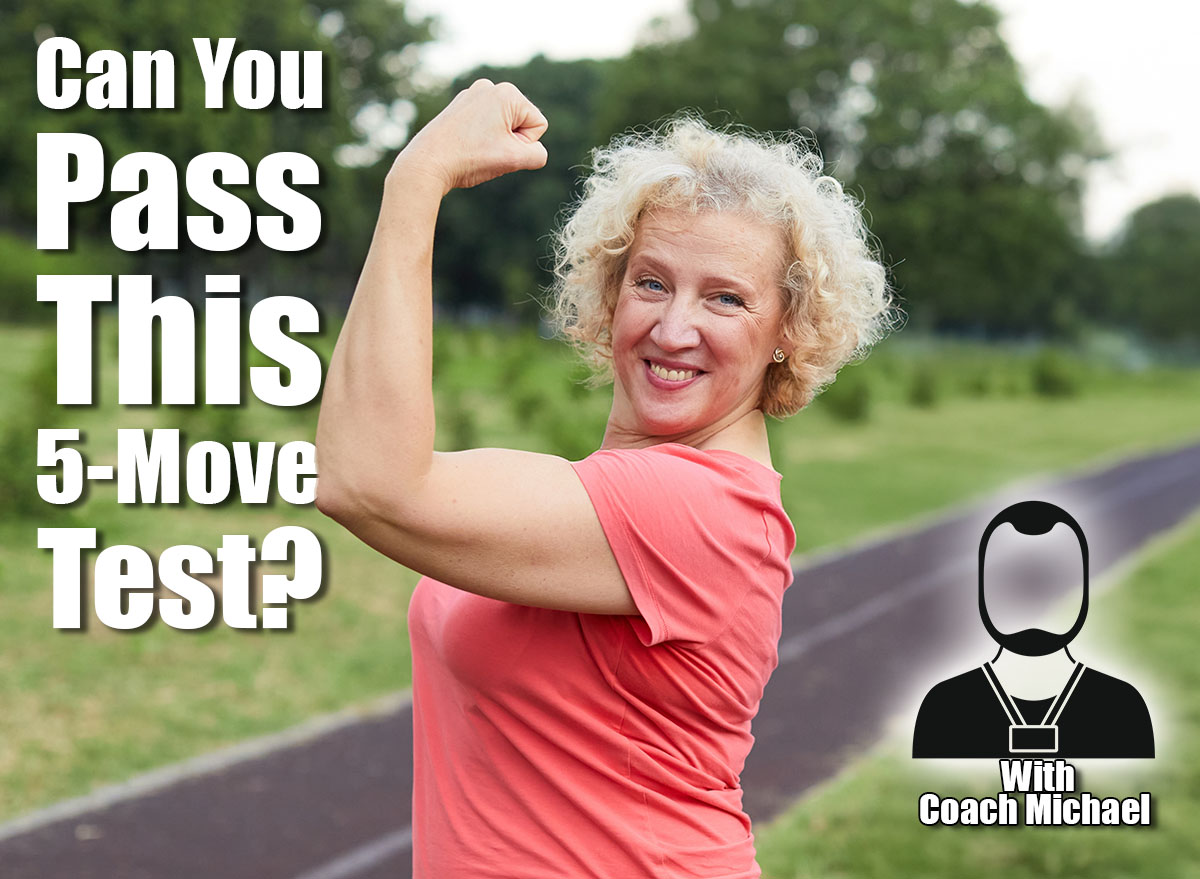
Getting up from a chair without using your hands might seem simple, but if you’re over 50, you know that everyday movements aren’t always as effortless as they once were. As a fitness professional with over 30 years of experience working with older adults, I’ve witnessed firsthand how quickly basic human functions can become challenging—and how the right approach can reverse these declines. I’ve developed a simple 5-move sequence that serves as an honest assessment of your biological age and functional fitness. Master these movements, and you’ll discover whether you’re truly aging backwards or need to take action to reclaim your vitality.
Why Your Body Faces These Challenges After 50

The most consistent issues I see are: Loss of balance, reduced muscle mass, and stiff joints. People trip more easily because their proprioception – your body’s ability to sense where it is in space – starts declining. Our muscle mass reduces by 3-8% every decade after 30, and this accelerates after 50. Our hip flexors tighten after years of sitting, our shoulders start to round forward, and our ankle mobility often pretty much disappears.
When I first started working with older adults over 30 years ago was how quickly daily movements that we take for granted become a challenge. Things like getting up from a chair with no hands and walking up stairs without holding on are basic human functions that require specific strength patterns, but time and time again, I saw people over 50 struggling with them.
Seeing this made me completely change my approach. I stopped focusing on exercises that might look impressive in the gym but have limited use anywhere else and started moving towards coaching clients on movement patterns that are useful in daily life. Helping them get off the floor easily, carrying their groceries upstairs, and catching themselves if they stumble. These are the things that guide programming for the 50s.
Our bodies want to move in integrated patterns, not using isolated muscle groups. Training programmes often miss this totally – creating individuals who can bench press their own weight but struggle to get up out of a deep chair!
What This Test Reveals About Your Biological Age
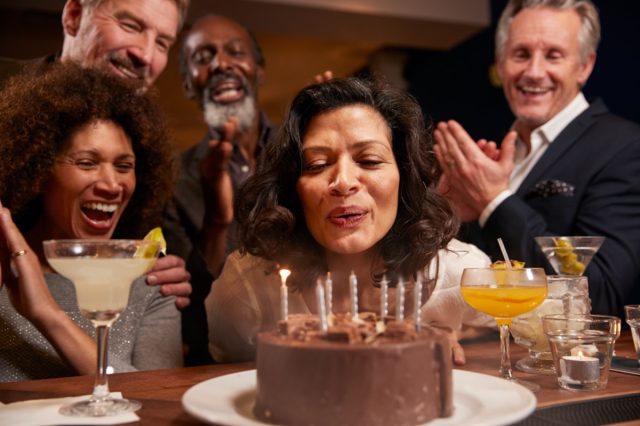
These five moves test the exact movement patterns that are the first to decline with age (and the ones that predict our independence later in life). They are much less about how much weight you can lift or how fast you can run – they are about the movements that are absolutely fundamental to a functional life.
Each of the exercises tells us something different about your biological age. Getting up without hands shows whether you still have the strength & coordination to safely get up/down. Balance exercises show whether your nervous system is still sharp. A multi-joint movement like the bear crawl tests how well your joints can handle the demands of the real world.
A sequence like this is as honest as the movements can’t be faked – you can either perform them smoothly or you can’t. Each movement in this sequence builds on the last – if you can’t do the first one with good form, the later ones will be impossible. This cascading effect is how aging generally works: small deficits add up into bigger issues over time.
5-Move Fitness Test That Reveals Your True Age
Move 1: Floor to Standing (No Hands)
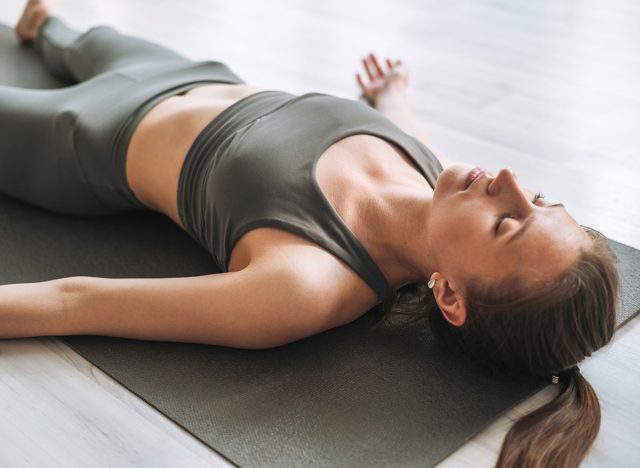
- To start, lie on your back.
- Roll to one side, bring up your knees, and move onto your hands & knees.
- From there, step one foot forward into a lunge position and try to stand up completely.
- You shouldn’t use your hands for support at any point during the exercise.
This tests your hip flexors, glutes, core stability, and coordination between the upper and lower body. It reveals whether you’ve maintained the strength patterns needed for emergency situations – like getting up after a fall.
Move 2: Single-Leg Balance (Eyes Closed)
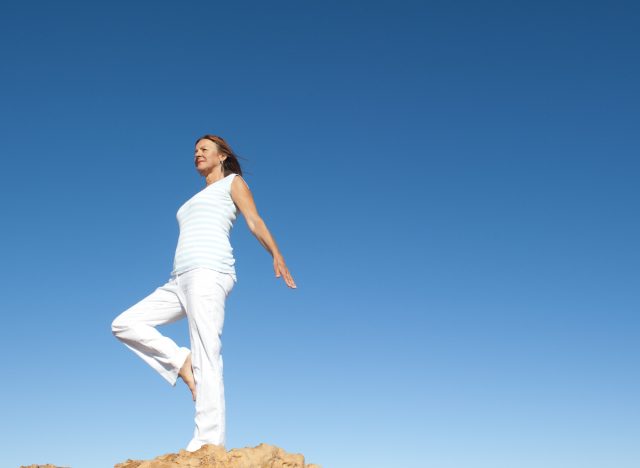
- Stand on one leg and lift your other foot off the ground slightly.
- Close your eyes and hold the position for 30 seconds.
- Your standing leg should be slightly bent, not locked out.
- The leg you’ve lifted up can be anywhere comfortable, but don’t let it touch the ground or your standing leg.
This exercise challenges your vestibular system (the part of your inner ear and brain that controls balance and spatial awareness), proprioception (the awareness of your body), and the small stabilizing muscles around your ankles and hips. Keeping your eyes closed removes any visual feedback, which forces the nervous system to rely on your body’s internal balance mechanisms.
Move 3: Deep Squat Hold
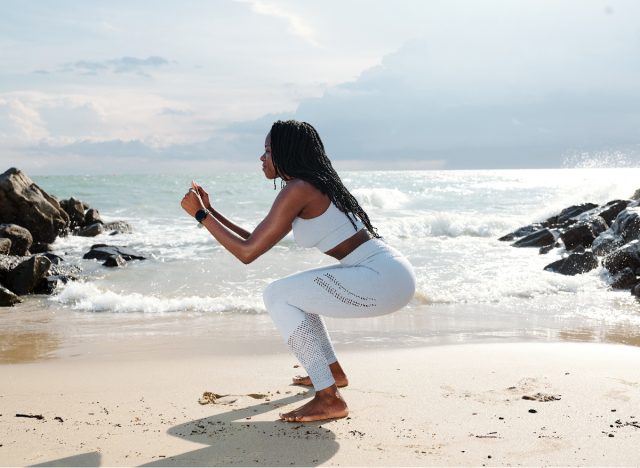
- Slowly lower yourself into the deepest squat position possible while keeping your heels flat on the ground.
- Your feet should be around shoulder-width apart, your chest should be upright and your knees should track over your toes.
This test measures ankle mobility, hip flexibility, and the strength endurance of your entire lower body. It reveals whether you’ve maintained the range of motion and strength needed for basic movements like picking things up or using low furniture.
Move 4: Bear Crawl
- Get on your hands and knees, then lift your knees about 2 inches off the ground.
- Move forward 10 steps, maintaining this position.
- Your hands should be under your shoulders, knees under your hips.
- Keep your back flat and move your opposite hand and foot together.
This integrates core strength, shoulder stability, hip mobility, and coordination. It tests whether your body can still function as an integrated unit rather than a collection of separate parts.
Move 5: Turkish Get-Up (Modified)

- Lie on your back and, holding a light weight (or no weight) in your right hand with your arm extended toward the ceiling.
- Sit up while keeping the weight extended, transition to kneeling, then stand up completely.
- Reverse the movement to return to lying down.
- The weight should stay extended overhead throughout.
This is the ultimate full-body integration test. It requires shoulder stability, core strength, hip mobility, and neurological coordination to link multiple movement patterns smoothly.
Your Performance Benchmarks
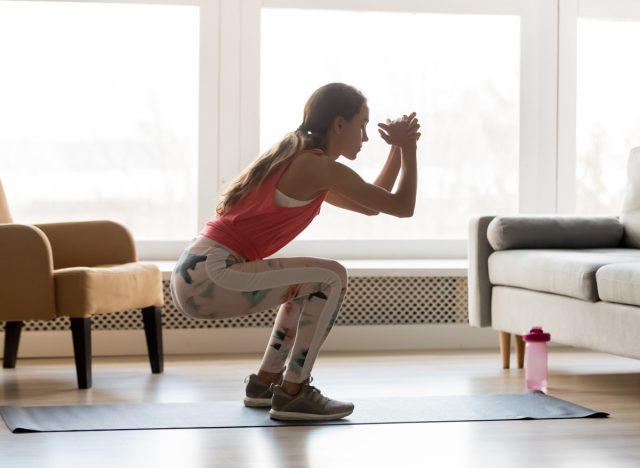
Floor to standing should take less than 10 seconds with smooth, controlled movement. Most people over 50 take 15-20 seconds and use their hands multiple times. Some can’t complete it at all.
The eyes closed single-leg balance should be held for a minimum of 30 seconds. The average 50-year-old generally manages around 10-15 seconds before they start to wobble and then put their foot down. By the time they reach 70, the majority of people can’t do the exercise for even 5 seconds.
For the deep squat, the aim should be to hold it for at least 60 seconds. Most people over 50 can’t get into the full squat position at all due to their ankle or hip restrictions; the ones that can usually can’t last longer than 20-30 seconds.
For the bear crawl, a good target is to cover 10 smooth forward steps in less than 30 seconds. Typically, a person over 50 either can’t lift their knees off the ground or will move very slowly with poor form.
A Turkish get-up should flow smoothly and take around 45 seconds. Most people get stuck in the transition phases or completely lose their balance. They often look choppy rather than flowing in a fluid motion.
These functional fitness markers can predict independence and quality of life.
What Perfect Performance Says About You

Functional Strength: If you can complete the sequence perfectly, it shows you have strength where it matters most – in integrated movement patterns. You are still able to generate force through multiple joints at the same time while keeping control of your body – translating perfectly into activities in the real world like lifting things, climbing the stairs, and recovering from stumbles.
Balance and Coordination: Your nervous system is still working well. Your brain, inner ear, and muscles are working well together – super important as falls are the leading cause of injury in older people. A decent balance also indicates your proprioceptive system – the body’s GPS – is functioning well.
Cardiovascular Health: While this isn’t a cardio test per se, completing it all without excessive fatigue shows your heart and lungs can efficiently handle variable demands. If the cardiovascular system can quickly adapt to changing positions/effort levels like these, it indicates you have good overall fitness.
Overall Biological Age: Perfect completion suggests your biological age is significantly younger than your chronological age – maintaining movement capacity that a lot of people lose in their 30s and 40s. You have mobile joints, decent muscle strength, and a nervous system that can effectively coordinate complex movements – predicting better health outcomes, less chance of injuries, and being able to maintain independence as you age.
How to Build Up to This Standard

Hip Flexor Stretches and Glute Activation: Start with couch stretches for your hip flexors and glute bridges for activation. Most people over 50 have tight hips from sitting, which blocks almost every movement in the sequence. Work on these daily – hold stretches for 2 minutes each side, do 15-20 glute bridges.
Wall Sits and Ankle Mobility: Build up your squat by starting with wall sits – back against a wall, sliding down as far as comfortable and holding. Combine this with calf stretches and ankle circles to improve the mobility needed for deep squats. Progress from 30 seconds to 2 minutes over several weeks.
Modified Turkish Get-Ups: Break the movement into pieces. Practice sitting up from lying down without using your hands. Then practice the transition from sitting to kneeling. Master each piece separately before linking them together. Start with no weight, progress to holding a shoe.
Balance Training: Stand on one leg while brushing your teeth or during TV commercial breaks. Start with eyes open, progress to eyes closed. Use a wall for light support initially if needed. Work up to 30 seconds on each leg without support.
Focus on these for 4-6 weeks and then attempt the full sequence again. Consistency is much more important than intensity; 10-15 minutes every day beats the occasional longer session.
Your Training Timeline and What to Expect
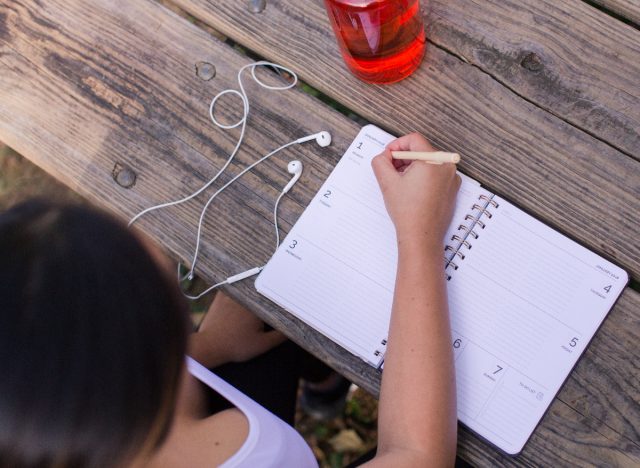
Work on individual exercises daily, but only attempt the full sequence a couple of times a week to start. Our nervous systems need time to adapt to new movement patterns – if we overdo it, then we can start to lose form and potentially get injured.
Your daily focus should be on the building blocks – your hip mobility, balance training, and movement preparation. This takes 10-15 minutes, so you can easily fit it in on a morning or evening while watching TV.
Balance improvements come first, most likely within 2-3 weeks of regular practice – your proprioception adapts pretty quickly when regularly challenged. Mobility improvements will start to show around 4-6 weeks. Strength and coordination take the longest, generally developing over 6-12 weeks as the nervous system learns to coordinate the new, challenging movement patterns.
The most important thing is being consistent, not being perfect. Daily practice will bring faster improvements than a couple of long sessions a week. Our nervous systems respond best to frequent, shorter exposures better than longer, infrequent exposures.
Generally, I’d expect to see most people able to complete at least 3-4 of the movements if they practice consistently for 8-12 weeks. Completing the entire sequence – with perfect form – could take 3-6 months, depending on where a person is starting from and how consistent they are.
Don’t forget that improvement isn’t usually linear – some weeks you’ll feel stronger and others you’ll struggle with movements you completed easily the previous week. This is completely normal and part of the adaptation process. Focus on the trend over time rather than day-to-day.
Looking for more easy ways to lose fat? Here’s How Long Your Walking Workout Should Be To Shrink Belly Fat.